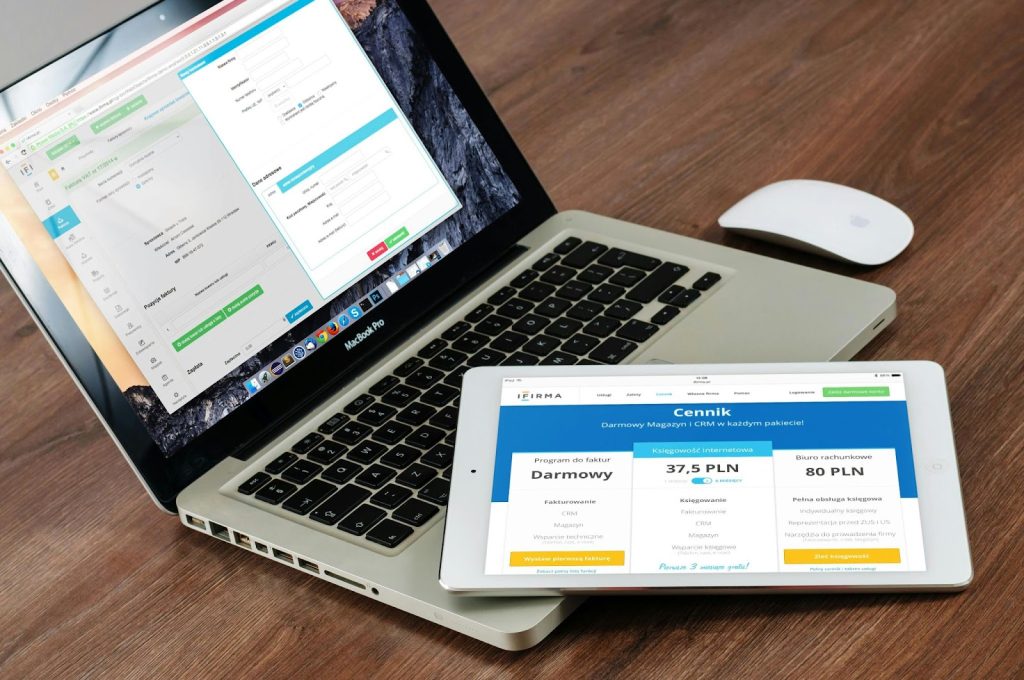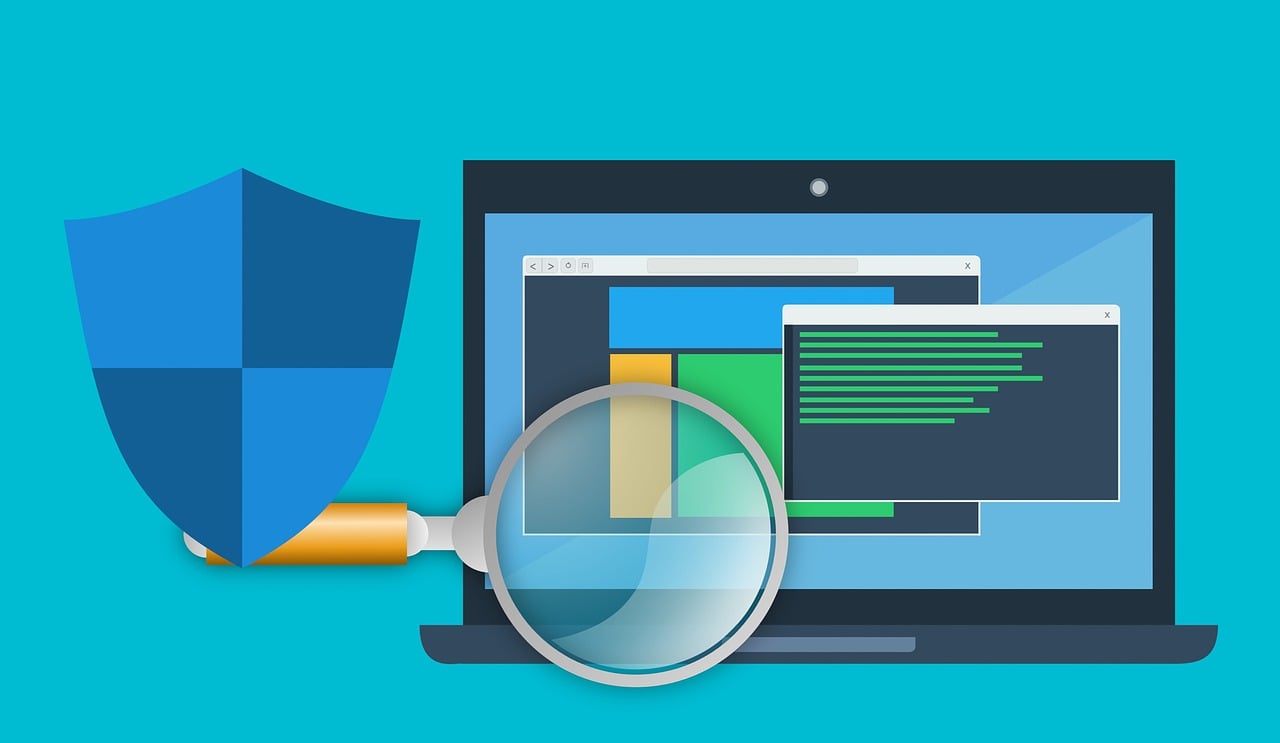Your business website is more than just an online presence—it’s a vital asset that connects you with customers, processes transactions, and holds sensitive data. But with cyber threats on the rise, hackers are constantly looking for vulnerabilities to exploit. A single breach can lead to financial loss, reputational damage, and even legal consequences. Protecting your website from cyberattacks isn’t just an option—it’s a necessity. The good news? You don’t have to be a cybersecurity expert to safeguard your business. By implementing a few essential steps, you can significantly reduce the risk of attacks and keep your website secure.
In this guide, we’ll walk you through six crucial measures to protect your business website from hackers, malware, and data breaches. Without further ado, let’s get started.
Table of Contents
Keep Your Software and Plugins Updated
Outdated software is one of the biggest security risks for any website. Cybercriminals constantly search for vulnerabilities in content management systems (CMS), plugins, and themes to exploit. When developers release updates, they often include security patches that fix these vulnerabilities. Failing to update your website’s software leaves it open to potential attacks, such as malware infections and unauthorized access.
To protect your site, enable automatic updates where possible and routinely check for new versions of your CMS, plugins, and themes. If you’re using third-party software, ensure it’s from reputable sources and actively maintained. Regular updates not only improve security but also enhance website performance and stability.
Use Strong Passwords and Multi-Factor Authentication (MFA)
Weak passwords are a common entry point for hackers using brute force attacks to gain access to websites. Many breaches occur because users rely on predictable passwords or reuse the same ones across multiple sites. To strengthen security, use complex passwords that include a mix of uppercase and lowercase letters, numbers, and special characters.
Multi-Factor Authentication (MFA) adds an extra layer of protection by requiring users to verify their identity through a second method, such as a text message code or authentication app. Even if a hacker obtains your password, they won’t be able to access your site without the additional verification step. Implementing MFA for all user accounts significantly reduces the risk of unauthorized logins.
Install a Robust Firewall to Block Threats
A firewall acts as a barrier between your website and potential cyber threats, filtering out malicious traffic before it can cause harm. Firewalls can prevent hacking attempts, DDoS attacks, and malware infections by analyzing incoming data and blocking suspicious requests. For instance, a Next-gen firewall not only inspects network traffic but also uses advanced threat intelligence to detect and respond to sophisticated cyberattacks in real time. This added layer of security helps protect sensitive data, prevent unauthorized access, and ensure your website remains operational even during an attempted attack.
Without a firewall, your site is vulnerable to exploitation by hackers who can inject malicious code, steal user information, or disrupt services. Implementing a Web Application Firewall (WAF) is especially crucial for businesses handling customer data, as it guards against threats like SQL injection and cross-site scripting (XSS). By choosing a reliable firewall solution and keeping it updated, you create a strong defense system that significantly reduces the risk of cyber threats compromising your website’s security.
Regularly Back Up Your Website Data
No security measure is foolproof, which is why regular backups are essential. In the event of a cyberattack, website crash, or accidental data loss, backups allow you to restore your site quickly without losing critical information. Backups should be stored in multiple locations, such as cloud storage and offline drives, to ensure redundancy.
Automated backup solutions simplify the process by scheduling regular backups and storing multiple versions of your website. It’s crucial to test your backups periodically to ensure they are functional and can be restored when needed. A strong backup strategy provides peace of mind, knowing you can recover your website swiftly in case of an emergency.
Secure Your Website with HTTPS and SSL Certificates
An SSL (Secure Sockets Layer) certificate encrypts data transmitted between your website and users, protecting sensitive information like login credentials, payment details, and personal data. Websites with SSL certificates display “HTTPS” in the URL, signaling to visitors that the connection is secure.
Without SSL encryption, cybercriminals can intercept and manipulate data, leading to identity theft and financial fraud. Most modern browsers warn users against visiting unsecured websites, which can drive potential customers away. Installing an SSL certificate is a straightforward process, and many hosting providers offer them for free. Keeping your certificate updated ensures continuous protection and builds trust with your audience.
Monitor Your Website for Suspicious Activity
Constant monitoring helps detect security threats before they escalate into serious problems. Cybercriminals often operate stealthily, inserting malware or backdoors that remain unnoticed until significant damage is done. By using security monitoring tools, you can identify unusual activity such as unexpected file changes, unauthorized logins, or traffic spikes.
Implementing an Intrusion Detection System (IDS) enhances security by alerting you to potential breaches in real time. Additionally, setting up website security scans to run automatically helps detect vulnerabilities and malware infections. Regularly reviewing server logs and employing a professional security service can further strengthen your website’s defenses. Being proactive with monitoring minimizes risks and ensures quick responses to potential threats.

Securing your business website is an ongoing process that requires vigilance and proactive measures. Cyber threats are constantly evolving, but by implementing these six essential steps—keeping software updated, using strong passwords, installing a firewall, backing up data, enabling HTTPS, and monitoring activity—you can significantly reduce the risk of attacks. A secure website protects not only your business but also your customers’ sensitive data, fostering trust and credibility. Don’t wait for a breach to take action—start strengthening your website’s security today. By staying ahead of cyber threats, you ensure your business remains resilient, secure, and ready for long-term success.

Andrej Fedek is the creator and the one-person owner of two blogs: InterCool Studio and CareersMomentum. As an experienced marketer, he is driven by turning leads into customers with White Hat SEO techniques. Besides being a boss, he is a real team player with a great sense of equality.
